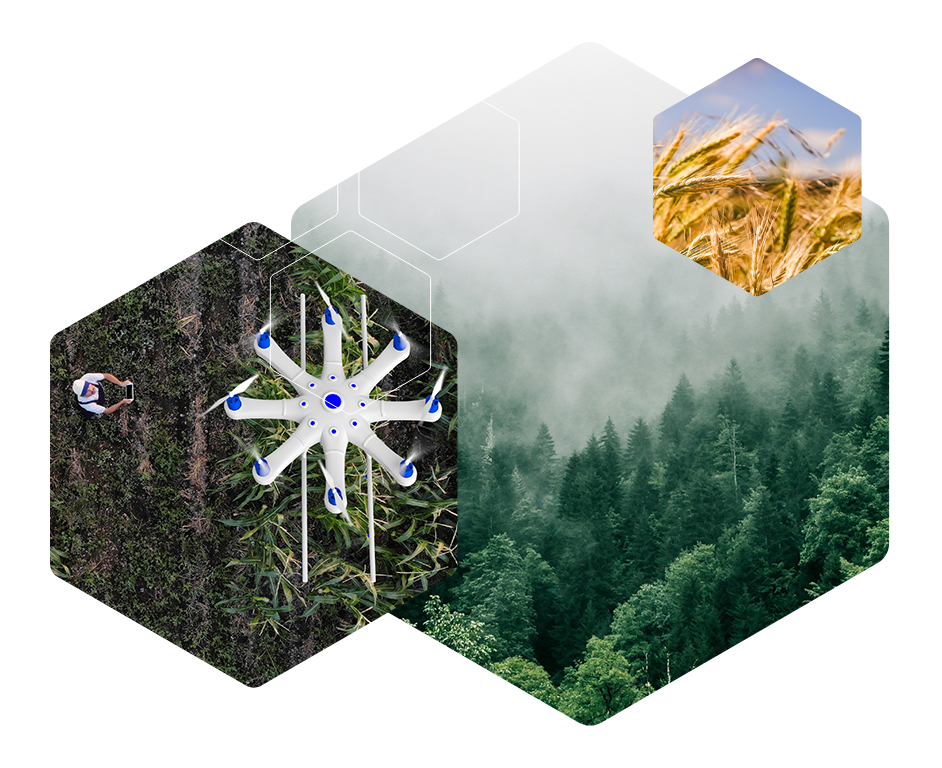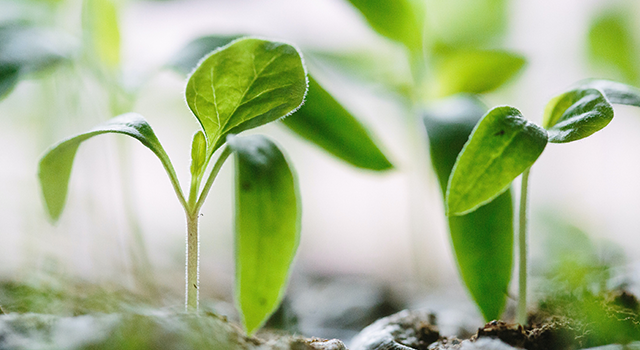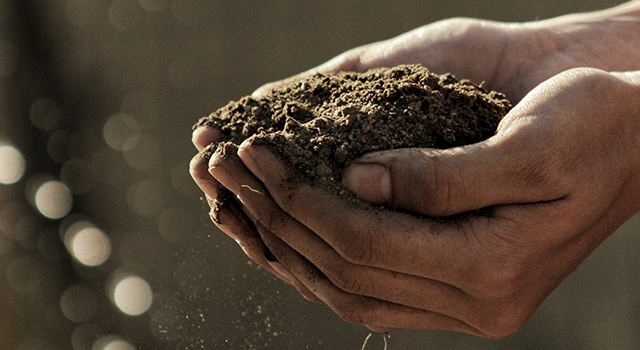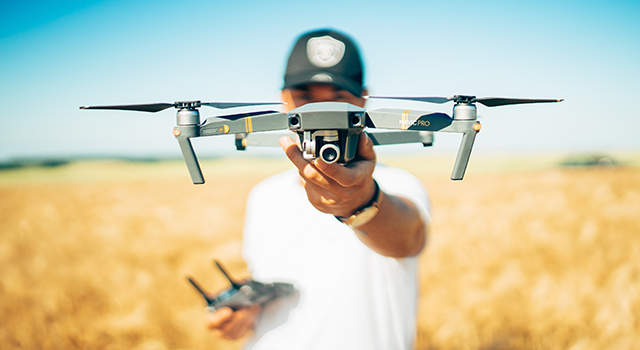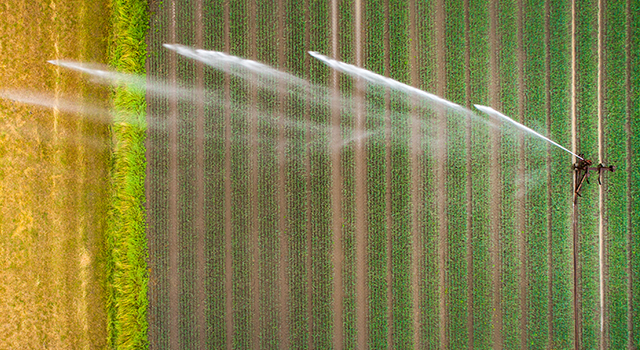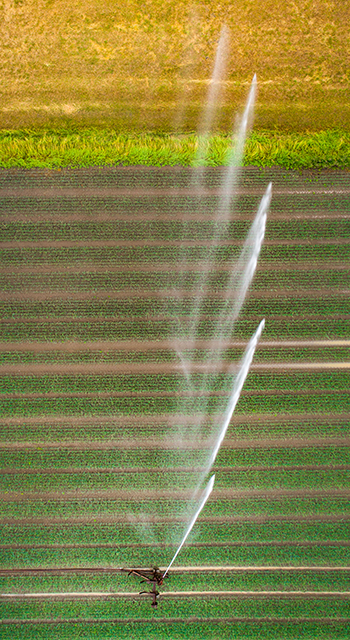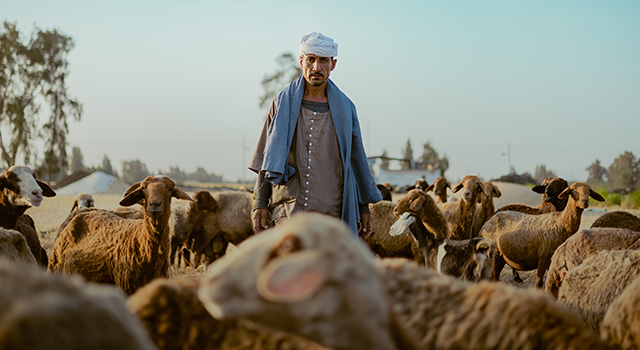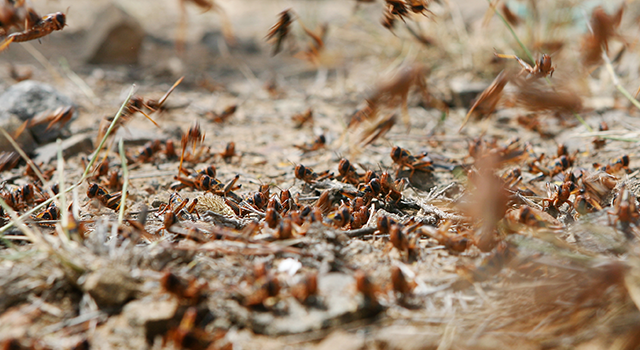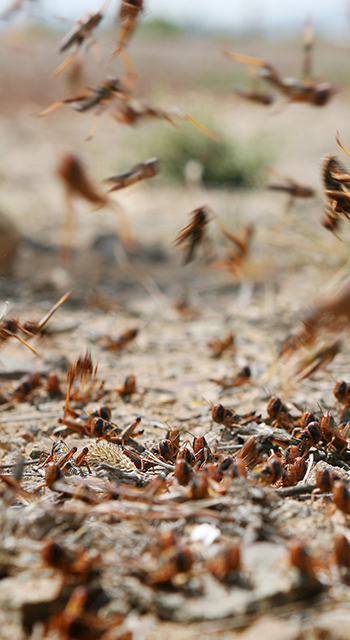Climate change is leading to multi-billion dollar losses in crop yield and affecting the health of forest ecosystems. Technology can help farmers and forest managers monitor crop and forest health, adapt their practices, use resources more efficiently and manage climate risk.
This chapter presents solutions within agriculture and forestry that respond to climate change impact on food security. It explores proven, frontier and horizon technologies ranging from local and indigenous techniques to urban farming, hydroponics and high-tech digital solutions. Sections take a look at technologies for climate-resilient plants, healthy soils, irrigation, livestock and forest protection. Because the right information at the right time can be vital, the chapter also looks at early warning systems and solutions for monitoring and forecasting climate change impact.
Explore technologies
Have you initiated contacts or technological transfer agreements?
The Green Technology Book is a free resource, but please help us by letting us know if you have initiated contacts or technological transfer agreements or similar as a result of the book.
Do you want to find more technologies and become part of the solution?
Find more technologies in the Green Technology Book Collection in the WIPO GREEN Database. Register and upload your technology and be part of the solution.
REDD stands for “Reducing Emissions from Deforestation and forest Degradation”. The “+” represents forest conservation and management.
FAO (2021c). The state of food and agriculture 2021. Food and Agriculture Organization of the United Nations (FAO). Available at: https://www.fao.org/3/CB4476EN/online/CB4476EN.html [accessed August 2022].
Allen, C.D., D.D. Breshears, and N.G. McDowell (2015). On underestimation of global vulnerability to tree mortality and forest die-off from hotter drought in the Anthropocene. Ecosphere, 6(8), 1-55.
Ibrahim, A., R.C. Abaidoo, D. Fatondji and A. Opoku (2016). Fertilizer micro-dosing increases crop yield in the Sahelian low input cropping system: A success with a shadow. Soil Science and Plant Nutrition, 62(3), 277–88.
Sebnie, W., M. Mengesha, G. Girmay, T. Feyisa, B. Asgedom, G. Beza and D. Dejene (2020). Evaluation of micro-dosing fertilizer application on sorghum (Sorghum bicholor L) production at Wag-Lasta Areas of Amhara Region, Ethiopia. Scientific Reports, 10(1), 6889.
McKinsey (2022). Precision forestry: A revolution in the woods. McKinsey. Available at: https://www.mckinsey.com/industries/paper-forest-products-and-packaging/our-insights/precision-forestry-a-revolution-in-the-woods [accessed October 2022].
FAO and FILAC (2021). Forest governance by indigenous and tribal people. an opportunity for climate action in Latin America and the Caribbean. United Nations Food and Agriculture Organization (FAO) and Fund for the Development of Indigenous Peoples of Latin America and the Caribbean (FILAC). Santiago, Chile: FAO. Available at: https://www.fao.org/documents/card/en/c/cb2930en/
World Bank (2021a). Opportunity assessment to strengthen collective land tenure rights in FCPF countries. Social inclusion in climate finance. Washington, DC: World Bank. Available at: https://openknowledge.worldbank.org/handle/10986/36499.
Gerster-Bentaya, M. (2013). Nutrition-sensitive urban agriculture. Food Security, 5, 723-37.
Beacham, A.M., L.H. Vickers, and J.M. Monaghan (2019). Vertical farming: a summary of approaches to growing skywards. The Journal of Horticultural Science and Biotechnology, 94(3), 277-283.
Agrawala, S., C. Bordier, V. Schreitter and V. Karplus (2012). Adaptation and innovation: An analysis of crop biotechnology patent data. OECD Environment Working Papers, Paris: OECD. Available at: www.oecd-ilibrary.org/environment/adaptation-and-innovation_5k9csvvntt8p-en
Nishimoto, R. (2019). Global trends in the crop protection industry. Journal of Pesticide Science, 44(3), 141-147.
Shoham, J. (2020). The rise of biological products in the crop protection and plant nutrition markets. IHS Markit. Available at: https://ihsmarkit.com/research-analysis/the-rise-of-biological-products-in-crop-protection-and-nutriti.html [accessed October 2022].
Azis, F., M. Rijal, H. Suhaimi and P.E. Abas (2022). Patent landscape of composting technology: A review. Inventions, 7 (2) Available at: www.mdpi.com/2411-5134/7/2/38.
UNEP (2021). Adaptation Gap Report 2021: The gathering storm. Nairobi: United Nationals Environment Programme. available: https://www.unep.org/resources/adaptation-gap-report-2021
Heinrich Böll Foundation (2021). 10 things to know about climate finance. [online] available: https://issuu.com/heinrichbollfoundationnorthamerica/docs/hbs-10things2021-book?embed_cta=embed_badge&embed_context=embed&embed_domain=climatefundsupdate.org&utm_medium=referral&utm_source=climatefundsupdate.org [accessed October 2022].
GCF (2022). Annual results report. Green Climate Fund (GCF). Available at: https://www.greenclimate.fund/sites/default/files/document/20220412-arr2021.pdf
Metinko, C. (2022). Why VC investors are plowing record sums into agtech. Crunchbasenews. Available at: https://news.crunchbase.com/startups/agtech-startups-vc-funding-data/.
GCA (2021). Green bonds for climate resilience: A guide for issuers. Global Center on Adaptation (GCA). Available at: https://gca.org/wp-content/uploads/2021/11/A-guide-for-issuers-Full-report-online.pdf
